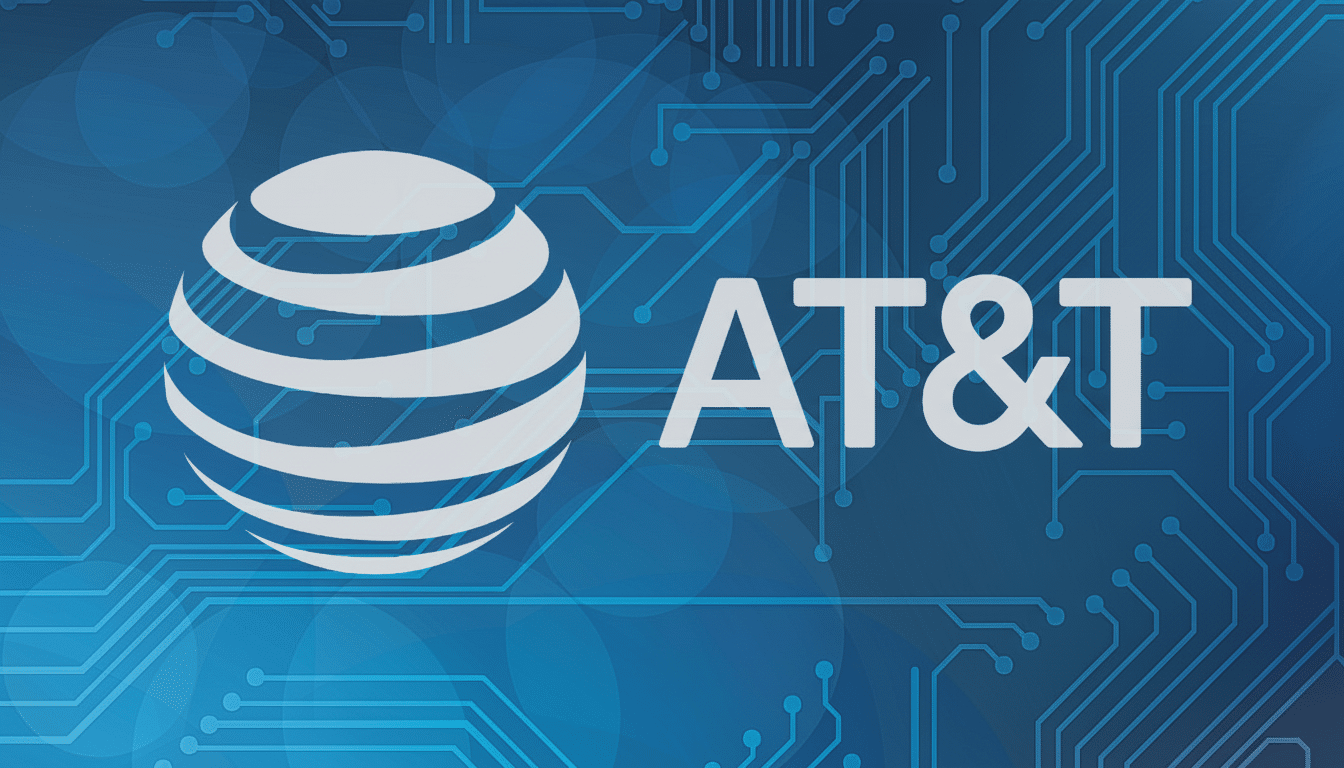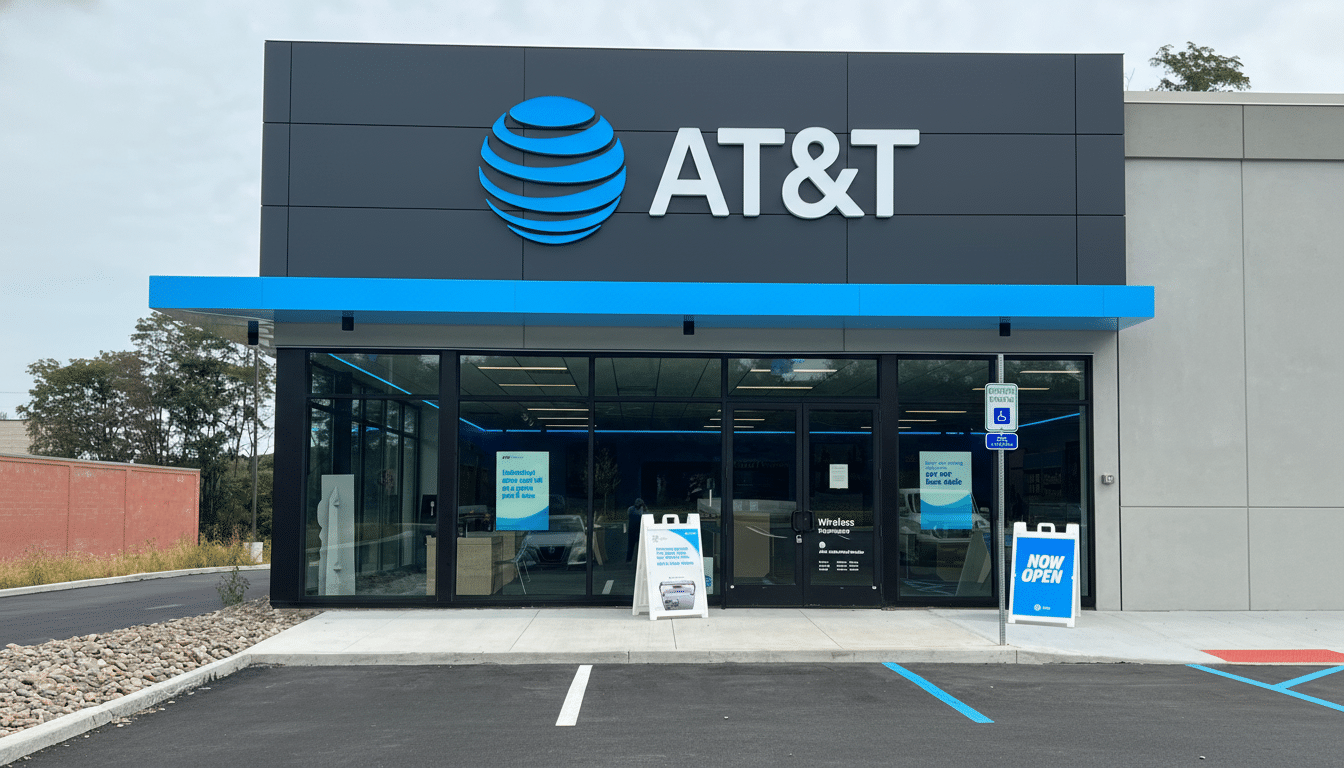A federal judge on Wednesday extended the deadline for AT&T customers to claim damages from a $177 million settlement over a data breach, affording millions of current and former subscribers additional time to submit claims. If your information was exposed in either of the two most recent incidents, you could be eligible to claim up to $7,500 when considering your losses.
Who’s Eligible and How Much You Might Get
The settlement will be divided between two funds, set up based on incidents confirmed by the company and described in court papers: a larger one for the breach disclosed earlier this year and a second fund for exposure of call and text metadata during the broader episode related to Snowflake that affected multiple entities.

Impacted consumers in the first group may be eligible for up to $5,000 for documented out-of-pocket losses, and those in the second group can submit claims for up to $2,500. If you were harmed by both, you may be entitled to a total claim of up to $7,500. Those caps are related to costs that can be verified as “fairly traceable” to the breaches, a term widely used in settlement agreements to support that costs — including identity restoration services; account remediation; issuing new IDs and postage; or fraud-related losses — were indeed related to the compromise.
If you can’t document specific losses, you still may be able to file and then receive a pro rata payment once documented-loss claims are paid out. The amount will vary, but the money paid out in these cases isn’t determined until the number of approved claims and administrative expenditures have been factored in.
How to File Your Claim and What Information You Need
Keep an eye out for a notice from Kroll Settlement Administration, the court-appointed administrator. People whose data it identified in the affected data sets are being notified by email and physical mail. The email domain of the administrator is e.emailksa.com, a point contained in settlement documentation to help consumers recognize the company’s legitimate communications.
You can file a claim online at the official settlement website included in the notice. Make sure to have your Class Member ID on hand, as well as your AT&T account number or full name and an email address. The form will include questions on the incident or incidents that apply to you and whether you are seeking documented-loss reimbursement or an ordinary payment.
If you want to file through the mail instead, you can print out, fill in, and sign a claim form — one for first-incident victims and another for second-incident victims (or one combined form if your information was part of both) — and send it to: AT&T Data Incident Settlement, c/o Kroll Settlement Administration LLC, P.O. Box 5324, New York, NY 10150-5324.

To substantiate a documented-loss claim, collect records like receipts or bank statements that show reimbursable charges were not reimbursed, or professional service bills specifically connected to identity restoration. Complete and itemized documentation will reinforce your case and help accelerate the review process.
Key Deadlines and What Happens Next in the Case
The court has extended the deadline for filing claims, allowing class members more time to file online or make sure that mailed claims are postmarked in a timely manner. There’s also a separate deadline if you want to be excluded from the settlement or object. A final approval hearing is set in federal court; if the settlement is approved and any appeals are resolved, payments would be sent after that.
If you think you are eligible and did not receive a notice, call the administrator at 833-890-4930. You may also validate your membership with personal information the administrator has permission to verify according to its settlement program.
How to Check Eligibility and Avoid Scams
With the size of these incidents, be prepared for phishing attempts masquerading as official announcements. The administrator will never demand your AT&T password, full Social Security number, or payment of any kind to process a claim. If in doubt, use the phone number and instructions provided in your mailed notification or reach out to Kroll directly to verify any communications received. Help spotting settlement scams is available from the Federal Trade Commission.
Why This Settlement Matters for Affected AT&T Customers
Company disclosures and court records show the previous breach involved sensitive identifiers — names, addresses, dates of birth, and Social Security numbers — while the later incident compromised call and text logs. This combination creates long-tail risk: identity fraud from static identifiers, and profiling from metadata. The repercussions of these kinds of leaks can last for years, consumer protection groups say, which is why the reimbursement for remediation costs and continued monitoring is significant.
The extended deadline means more time to document losses and file a complete claim. If you were an AT&T customer during the affected periods, it might be a good idea to see if you’re eligible now so you don’t leave money on the table — or miss the opportunity to opt out if you want to file your own claims.

